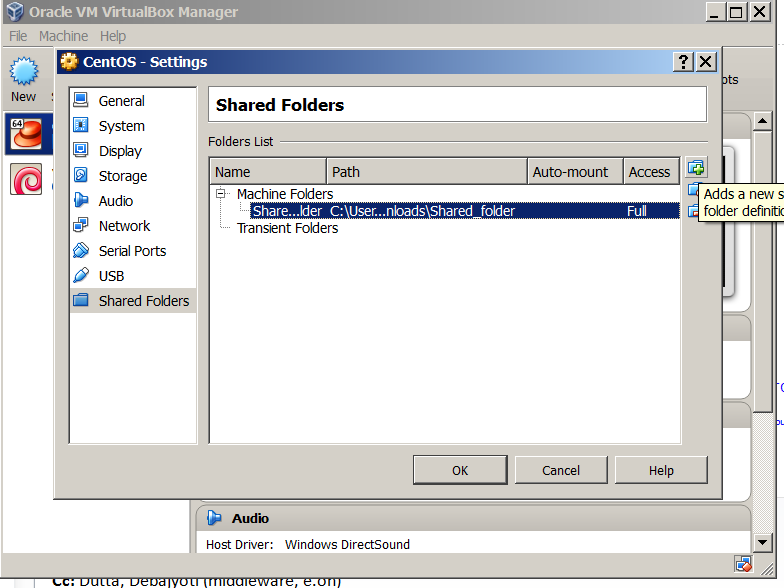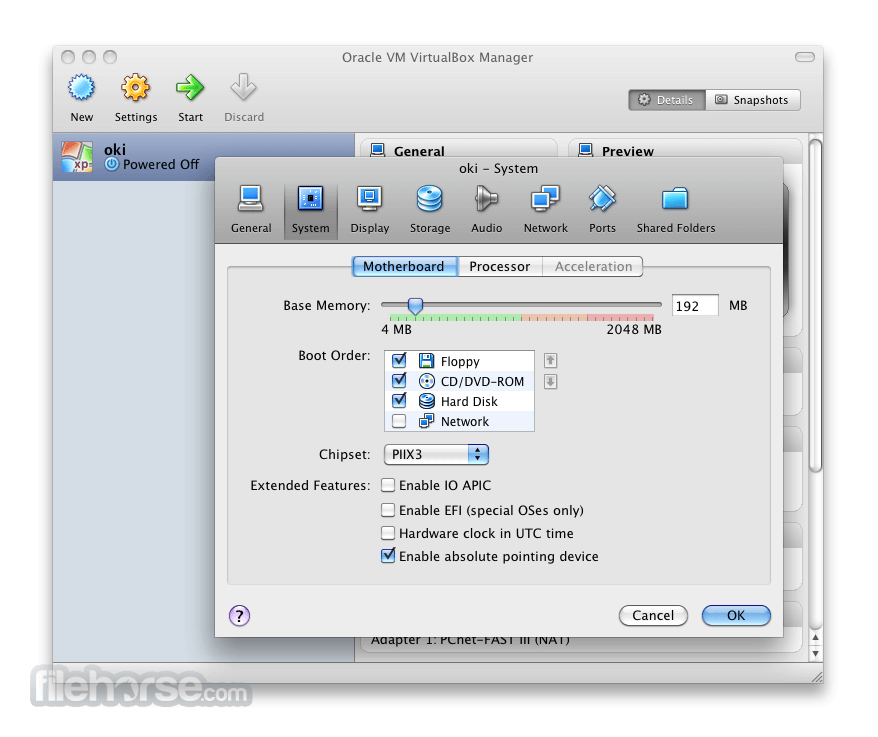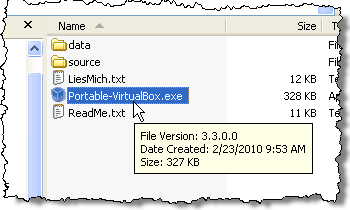



There is a requirement for SMB 3.0 to use TCP port 445 to establish a secure connection.Otherwise, the OS must support the encryption functionality of SMB 3.0. Azure Storage Account and the virtual machine need to be in the same Azure region.Please note that mounting the shares on local machines and virtual machines is similar with some consideration: When your file share(s) are created, follow instructions for mounting the shares in Windows or Linux from the links provided. Here are official instructions on the Microsoft website. There are many well-written tutorials on how to set up Azure Storage account and create a file share. Azure Files shares between local and virtual machines For Azure Admins You can mount the file shares to virtual machines and local machines as illustrated in the image below. Azure file shares can be mounted in Windows, Linux, and macOS. sshconfig ' -avP 1.2.3.4:~/file /local-directory Azure File ShareĪzure Files is a fully managed service for file shares in the cloud which are accessible via SMB (Server Message Block) protocol or NFS (Network File System) protocol. If you created your key pairs with a passphrase, you will be prompted to enter the passphrase. However, if you are using SSH key pair authentication, SSH will authenticate you using your private key and there is no need to enter your password (best practice). If you are using username and password for SSH authentication, you will be prompted to enter your password. You need a SCP client which is included in Bash shell of most Linux distributions and Mac computers and PowerShell. It uses the same authentication and security as SSH. SCP is a common tool for secure copy files between a local and remote machine. The last method is specific to Microsoft Azure and requires a bit of setup by Azure administrator as well as installing some software. If you are using Azure virtual machines and login with Azure Active Directory, you will get more instructions on how to connect. The first three methods can be used to access any virtual machines that you have ssh connection. I decided to write down four ways to achieve this goal. In this post, we will not go through performance considerations for each tool/method. There are no requirements for retaining the permissions on the files being transferred.

We are referring to Linux virtual machines in this post unless we explicitly mention Windows virtual machines as well. They also need to download some result files or data to their local machines. There is a common need for our university researchers to securely transfer small or large files to virtual machines for various purposes.


 0 kommentar(er)
0 kommentar(er)
